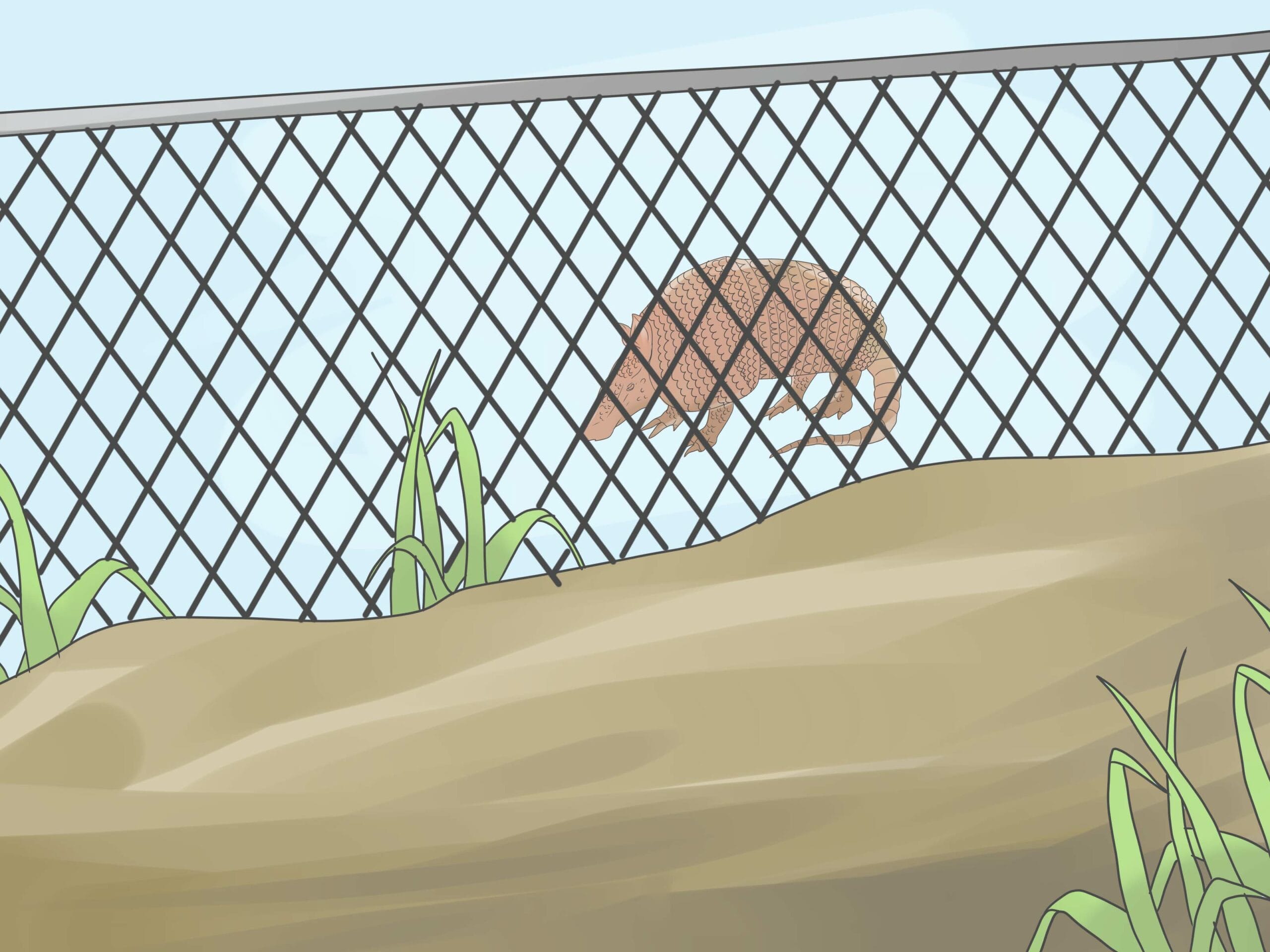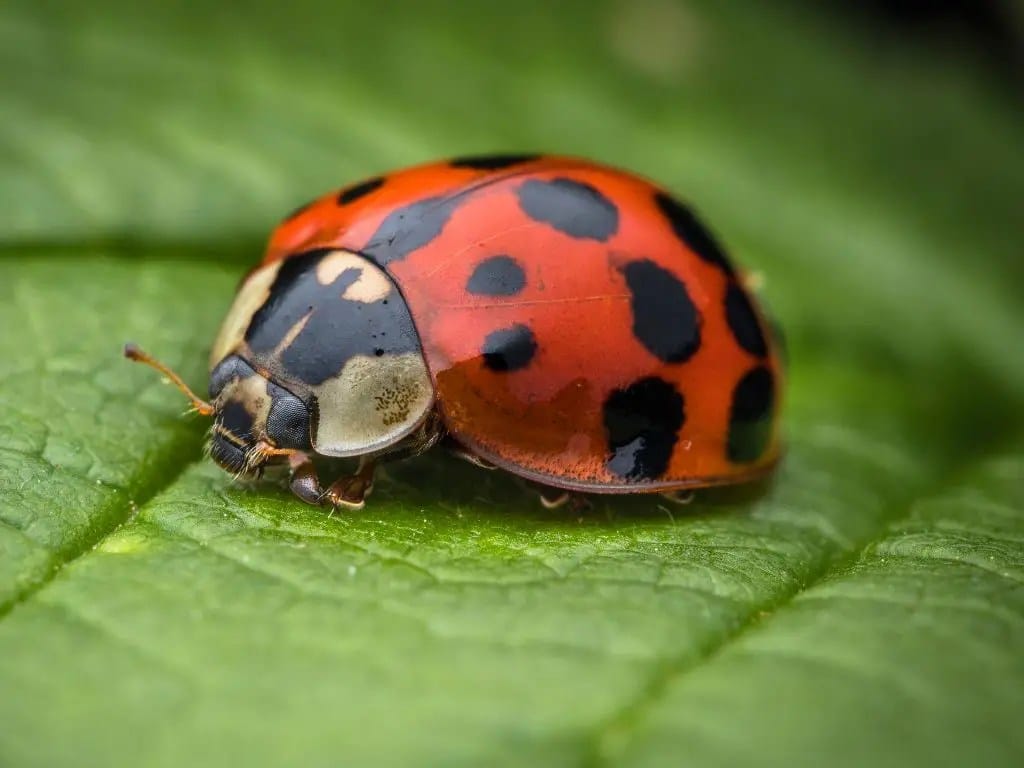Dealing with armadillos turning your yard into a mess? You’re not alone. These diggers can wreak havoc, but there are humane ways to deter them. This guide offers simple, natural tricks to send them packing, using scents they can’t stand. Reclaim your yard and keep these critters away, ethically and effectively.
Deterring Armadillos: Protecting Your Yard Humanely
Armadillos—those armored excavators—can transform a lawn into a moonscape. While they might seem intent on destroying your landscaping, they’re simply hungry for grubs, insects, and other soil-dwelling treats. Your yard isn’t their target; it’s their dining room. Let’s explore how to convince them to eat elsewhere.
Natural Repellents: A Gentle Approach
Natural repellents politely suggest armadillos dine elsewhere. These eco-friendly methods won’t harm your garden, pets, or the environment.
Cayenne Pepper: Armadillos dislike the fiery sensation of cayenne. Sprinkle it generously around affected areas or mix it with water to create a spray. The strong scent and irritating effect may send them searching for a less spicy buffet.
Garlic: Another pungent deterrent, garlic, can help send armadillos packing. Plant garlic bulbs around your yard’s perimeter, creating a fragrant barrier. A garlic-water blend can also be used as a spray for wider coverage.
Vinegar: The sharp smell of vinegar can work wonders. Mix a 50/50 vinegar-water solution and spray liberally. Saturating cotton balls with the solution and placing them near burrows or digging spots can also be effective.
Essential Oils: Certain essential oils, like castor oil, may deter armadillos. However, research is crucial. Some essential oils are harmful to pets, so if your furry friend frequents treated areas, double-check any oil’s safety. Consider eucalyptus, peppermint, and tea tree oil as potential options, always diluting them appropriately.
Beyond Scents: Additional Deterrents
Sometimes, scents alone aren’t enough. Here are supplemental tactics:
Motion-Activated Sprinklers and Lights: These startle armadillos, disrupting their nighttime foraging. The sudden water spray or bright light may make them reconsider their dining location.
Commercial Repellents: Products like “Armadillo Scram” or “Liquid Fence” contain strong-smelling chemicals. Always follow product instructions and consider potential environmental and pet impacts. An in-depth comparison of commercial products can help you make informed choices.
Predator Urine (Use with Caution): Some use coyote or fox urine, hoping the predator scent will scare armadillos away. However, the effectiveness is debated. Research thoroughly and consider the potential impact on neighborhood wildlife. The ethics of using predator urine should also be considered.
Addressing the Root Cause: Removing the Buffet
Eliminating the armadillo’s food source is key for long-term success.
Pest Control: Treating your lawn for grubs tackles the root of the problem. Consult a pest control professional for the best approach. Preventative lawn treatments may offer a more proactive solution.
Secure Food Sources: Cover vegetable gardens and promptly collect fallen fruit. Avoid inadvertently providing supplemental food sources.
Exclusion Methods: Building Barriers
Keep armadillos out with physical barriers.
Fencing: A properly installed fence is a strong deterrent. A fence at least 2-3 feet high, buried 12-18 inches deep, can effectively exclude armadillos. Angling the bottom section outwards adds extra protection.
Covering Burrows: Filling burrows with gravel, soil, and covering them with heavy objects like rocks or bricks can discourage re-entry.
Trapping: A Last Resort
If other methods fail, trapping might be necessary. Always check local regulations.
- Live Traps: Bait live traps with earthworms or grubs. Relocate trapped armadillos far from your property, preferably in a suitable habitat. Handle with care and wear gloves. Consult your local wildlife agency for guidelines and regulations.
Combining Strategies: A Multi-Faceted Approach
A combined approach yields the best results. Integrating scent deterrents, physical barriers, and habitat modification offers the most comprehensive solution.
Crafting Homemade Armadillo Repellents
Ready to take matters into your own hands? Let’s concoct some homemade armadillo repellents. These cost-effective, eco-friendly solutions utilize common household items. Remember, armadillos have sensitive noses, so we’re going to exploit that vulnerability.
DIY Repellent Recipes
These easy recipes are safe for your plants, pets, and the environment:
Castor Oil Cocktail: Combine equal parts castor oil, cayenne pepper, and water. Mix thoroughly. This creates a potent odor barrier.
Vinegar Vapor: Dilute white vinegar with water (50/50 mix). Pour into a spray bottle and apply generously to affected areas. Reapply regularly, especially after rain.
Pepper Power: Blend hot peppers (jalapeños, habaneros, etc.) with water (wear gloves!) and spray. Adding crushed garlic intensifies the repellent.
Additional Natural Deterrents
Essential Oil Extracts: Dilute strong-smelling essential oils like peppermint or garlic with water before spraying.
Garlic Guardians: Planting garlic around your yard creates a natural odor barrier.
Predator Urine: While not homemade, coyote or fox urine is a natural option. Source it ethically and apply carefully according to instructions.
Long-Term Solutions
Repellents offer temporary relief. Long-term strategies are crucial:
Eliminate Food Sources: Treat your lawn for grubs and insects.
Physical Barriers: Bury wire mesh fencing (about a foot deep) around vulnerable areas.
The Best Repellent?
There’s no single “best” repellent. Rotating repellents and combining methods is often most effective. Experiment, be observant, and persistent.
| Repellent Method | Pros | Cons |
|---|---|---|
| Natural Repellents | Safe, low cost | May need frequent reapplication |
| Motion-Activated Deterrents | Effective, humane | Can be expensive, may disturb other wildlife |
| Commercial Repellents | Convenient | Can be expensive, potential chemical hazards |
| Exclusion Methods | Long-term solution | Labor-intensive, may require permits |
| Trapping | Effective removal | Requires careful handling, local regulations apply |
By understanding armadillo habits and using a multi-pronged approach, you can reclaim your yard. Escape the ordinary and embark on an unforgettable adventure at the Wildcat Tavern, followed by a breathtaking hike to witness the cascading beauty of Warren Waterfalls Vermont, knowing your yard is protected. Remember, the goal is to encourage these fascinating creatures to dine elsewhere, promoting peaceful coexistence. Ongoing research continually explores more effective and humane deterrents, so stay updated on the latest findings.
- HelpCare Plus: Revolutionizing Affordable and Accessible Healthcare - December 29, 2024
- Boom & Bucket: Your Digital Marketplace for Used Heavy Equipment - December 28, 2024
- Ankle Bones Crossword Clue: Solutions, Tips & Anatomical Insights - December 28, 2024














